
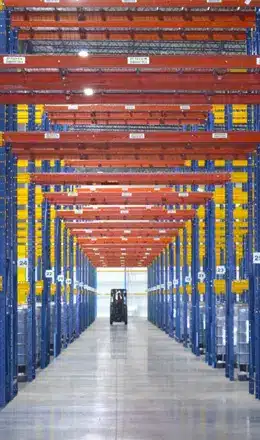
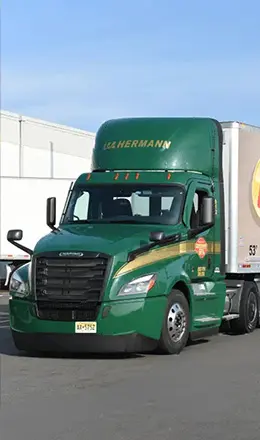
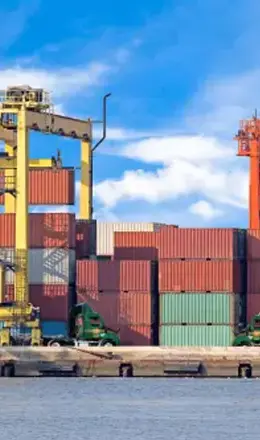
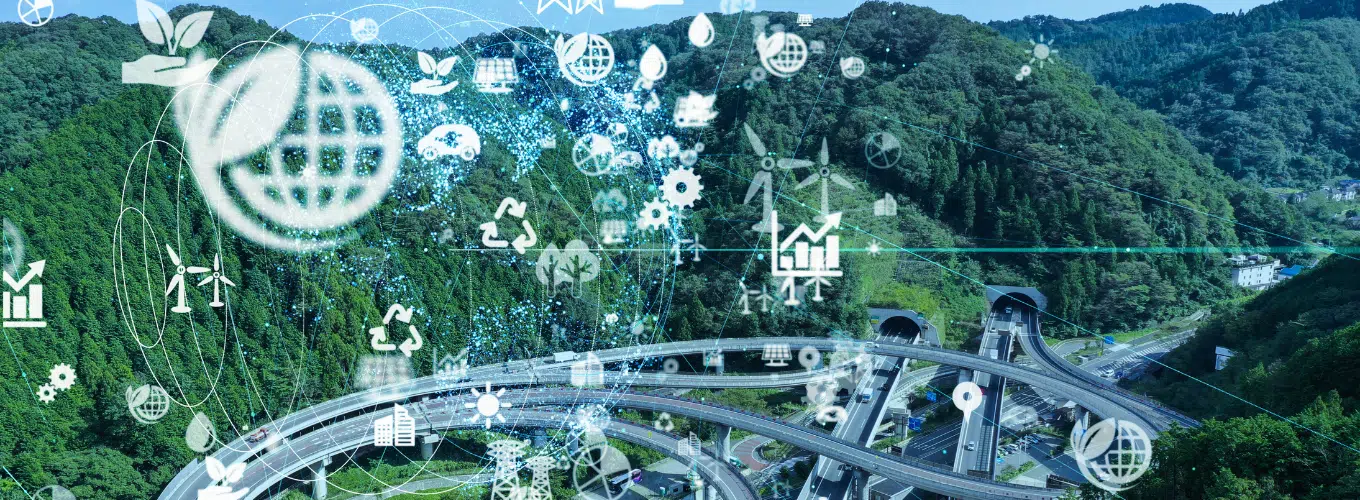
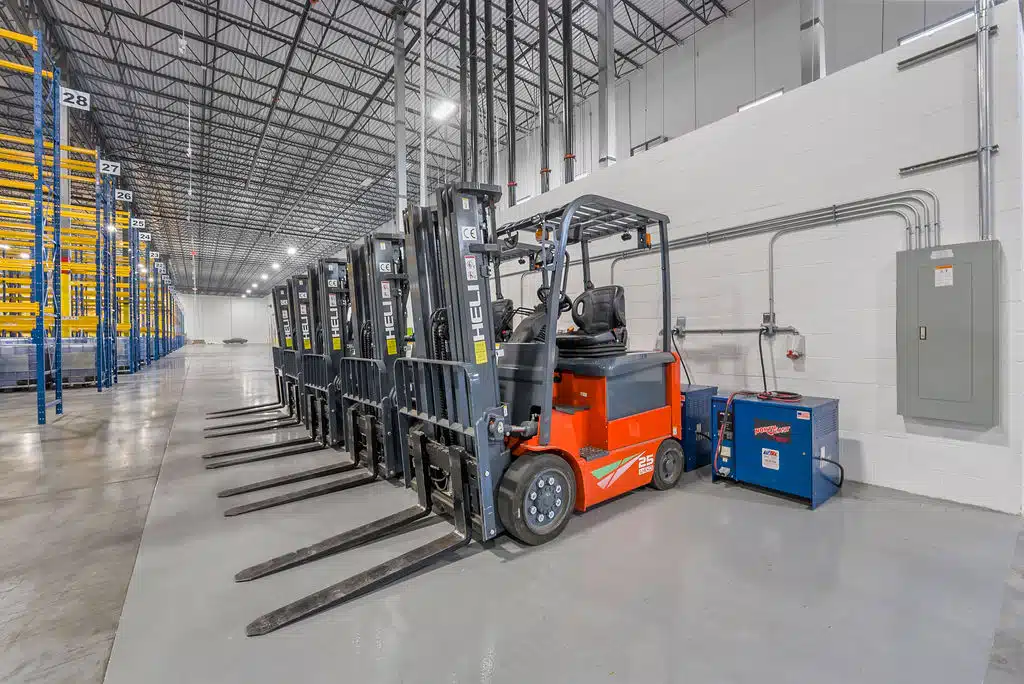
To build an eco-friendly supply chain, you have to start at the source: the warehouse. This is where you can directly control energy consumption, waste generation, and resource utilization, setting the environmental standard for everything that follows.
Energy Efficiency Upgrades Modern warehouses are embracing LED lighting systems that reduce energy consumption by up to 75% compared to traditional lighting. Motion sensors and smart controls ensure lights operate only when needed.
Sustainable Materials and Packaging Warehouse operations generate significant packaging waste, but innovative companies are finding solutions. Reusable containers, biodegradable packing materials, and right-sized packaging systems reduce waste while maintaining product protection. Some facilities have eliminated single-use plastics entirely, opting for recycled cardboard and plant-based alternatives.
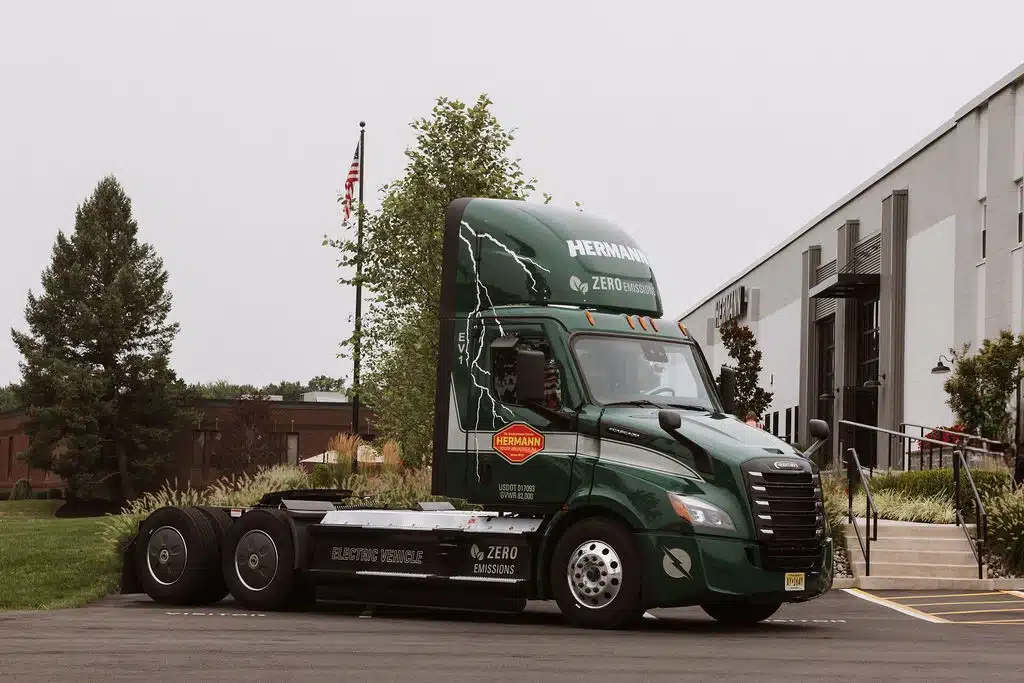
Transportation typically accounts for the largest portion of a logistics company’s carbon footprint, making it a critical area for environmental improvement.
Fleet Modernization While fully electric long-haul trucks are still emerging, these alternatives can reduce emissions by 63% compared to traditional diesel vehicles.
Route Optimization Technology Advanced route planning software considers traffic patterns, delivery windows, and vehicle capacity to minimize miles driven and fuel consumed. Some systems integrate real-time data to adjust routes dynamically, reducing both emissions and delivery times. Load consolidation ensures trucks operate at maximum efficiency, reducing the number of partially filled vehicles on the road.
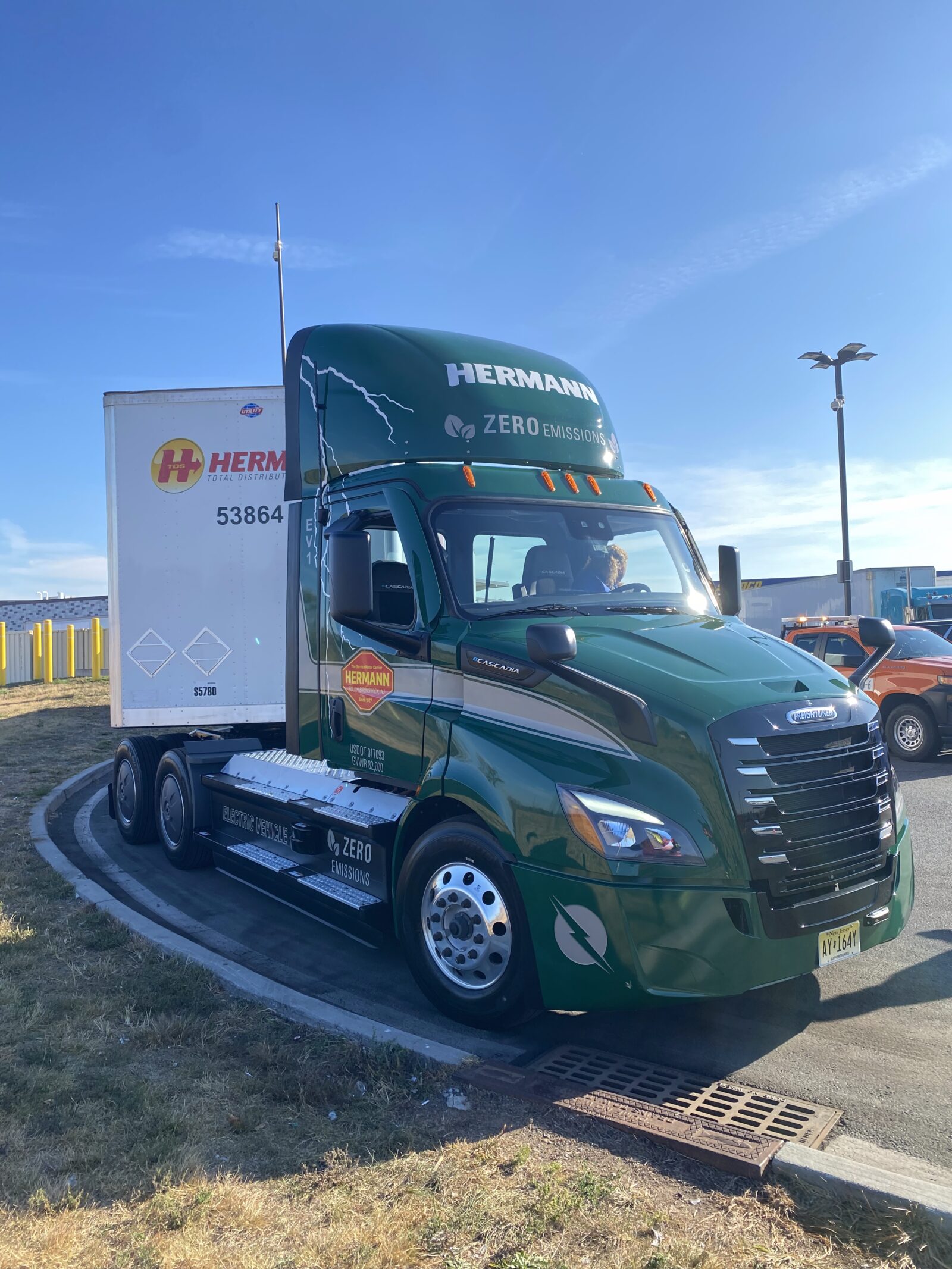
The final mile of delivery presents unique sustainability challenges, particularly in urban areas where traffic congestion and delivery density create environmental concerns.
Alternative Delivery Vehicles Electric delivery vans are becoming increasingly viable for urban routes, with major logistics companies deploying thousands of electric vehicles in metropolitan areas. For shorter distances, cargo bikes and electric scooters offer zero-emission alternatives that can navigate congested city streets more efficiently than traditional trucks.
Delivery Density Optimization Smart scheduling systems group deliveries by geographic area and time windows, maximizing the number of packages delivered per route. Some companies are experimenting with alternate-day delivery schedules in residential areas to increase delivery density and reduce overall transportation requirements.
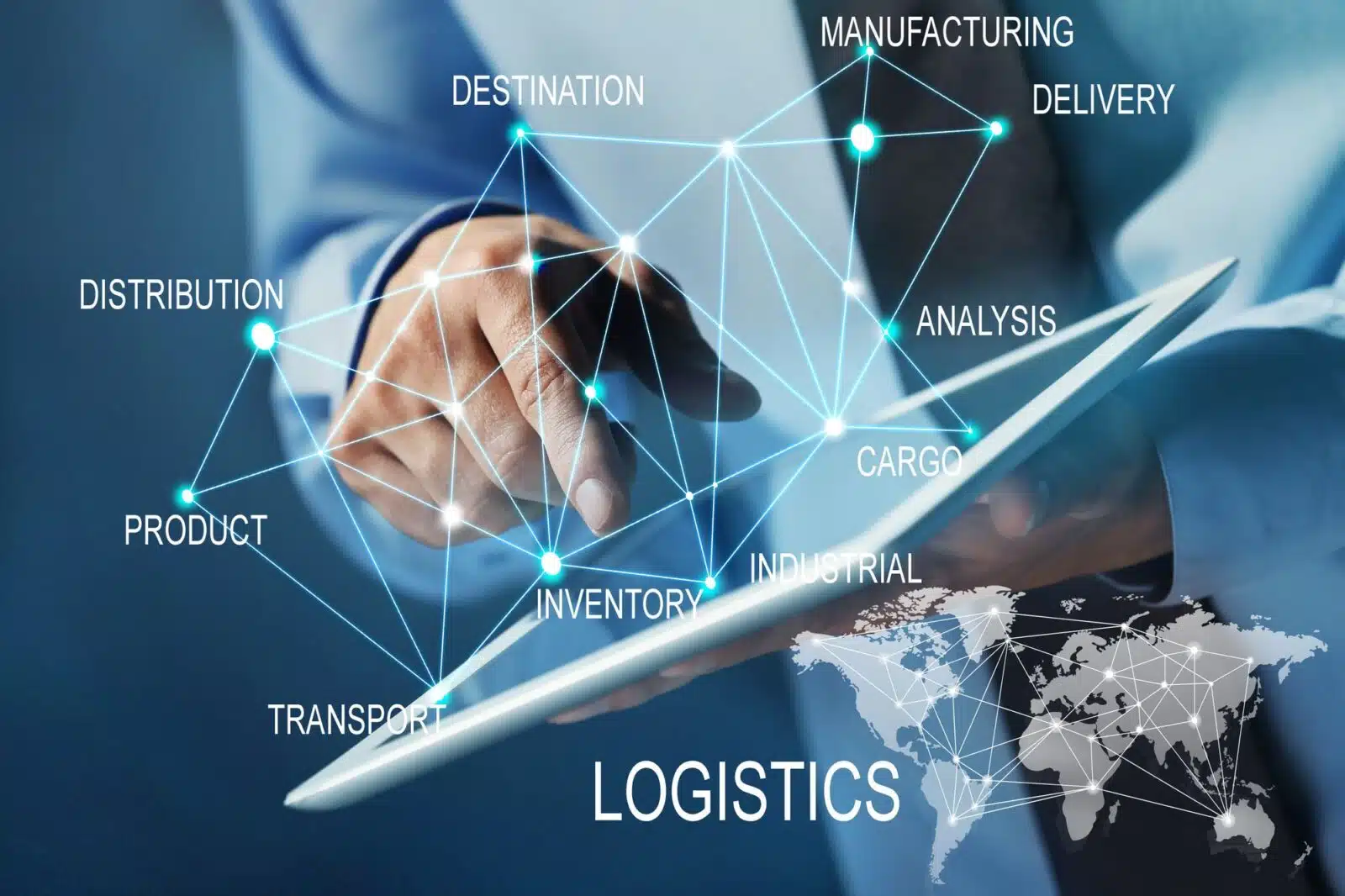
While environmental benefits drive many sustainability initiatives, the financial advantages are equally compelling. Energy-efficient warehouses reduce operating costs, optimized routes decrease fuel expenses, and sustainable practices often qualify companies for tax incentives and preferred vendor status with environmentally conscious customers.
Consumer research shows that 80% of customers are willing to pay more for sustainable shipping options, creating revenue opportunities for companies that invest in green logistics practices.
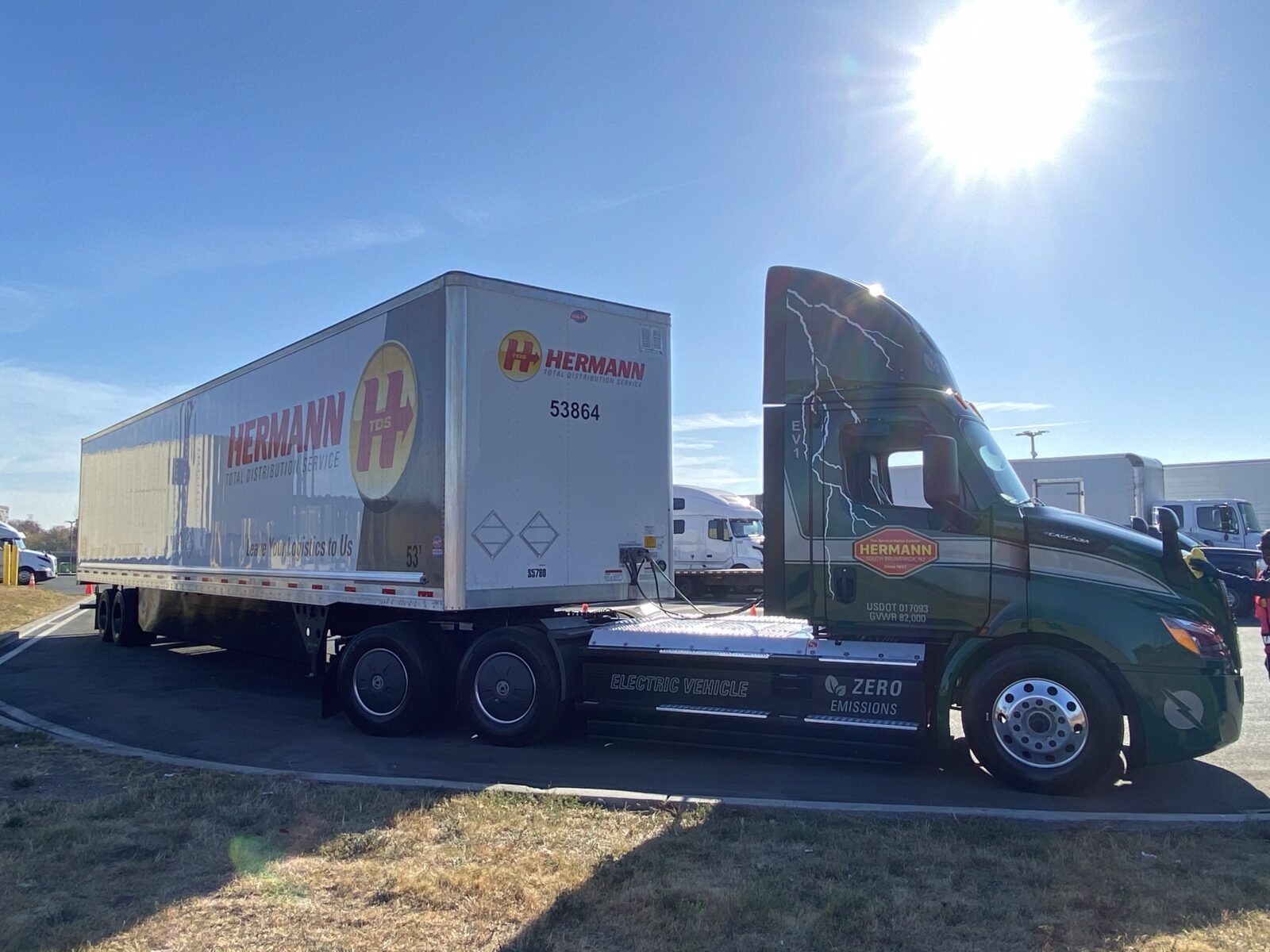
At Hermann Services, sustainability isn’t just a buzzword, it’s a core operational principle that drives innovation across all aspects of our business. Our comprehensive approach to environmental stewardship demonstrates how logistics companies can successfully implement green practices while maintaining operational excellence.
Our sustainability initiatives span the entire supply chain, from energy-efficient warehouse operations to optimized transportation routes. We’ve invested in LED lighting systems across our facilities and adopted route optimization technology that reduces fuel consumption and emissions. These efforts reflect our commitment to being responsible stewards of the environment while delivering exceptional service to our customers.
We recognize that sustainable logistics is an ongoing journey, not a destination. That’s why we continuously evaluate new technologies and practices that can further reduce our environmental impact. Our team regularly explores opportunities for fleet modernization, alternative fuel options, and innovative packaging solutions that align with both environmental goals and business objectives.
To learn more about our specific sustainability initiatives and how we’re driving toward a cleaner supply chain, visit our sustainability article: Driving Toward a Cleaner Supply Chain.
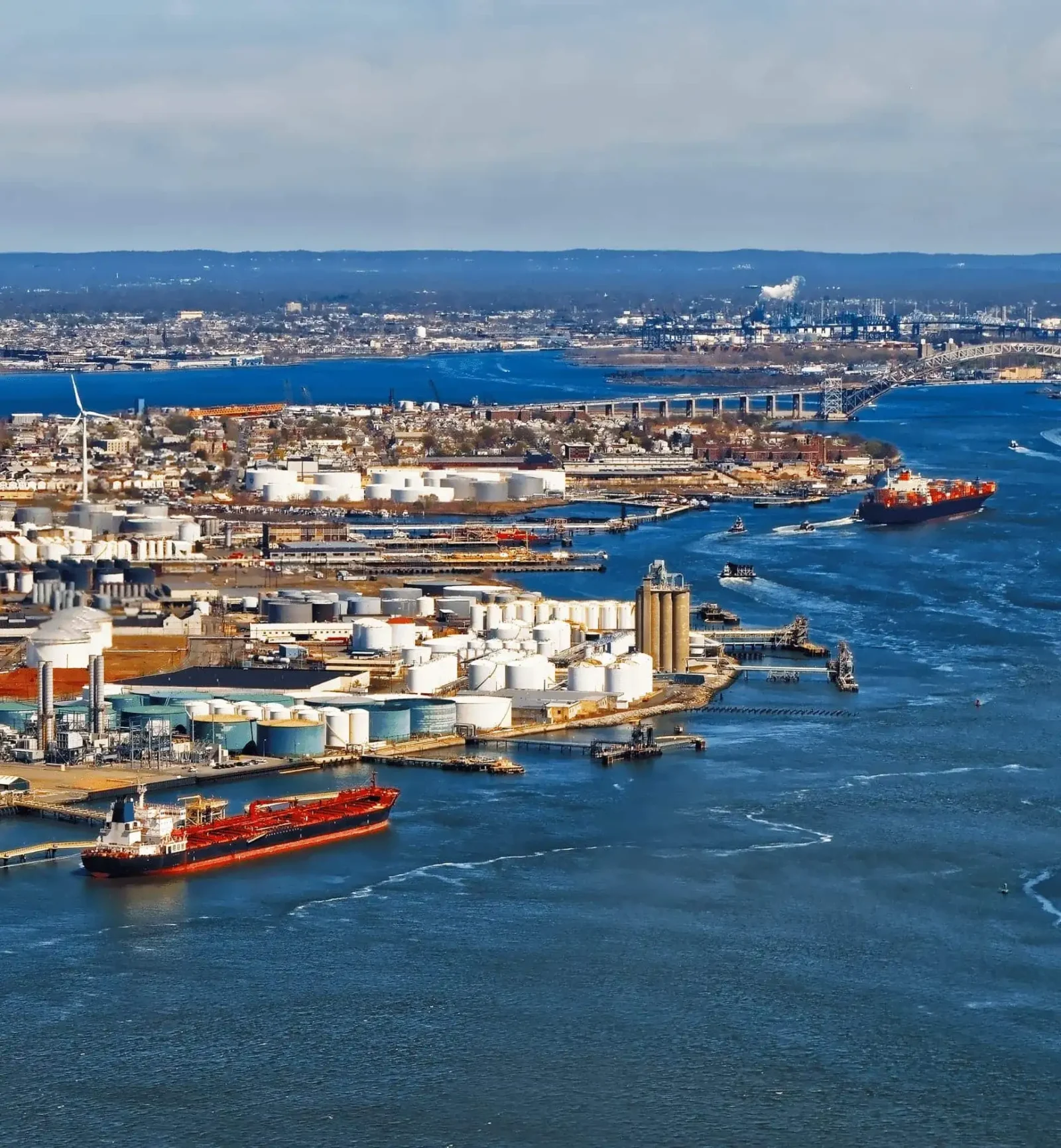
Sustainable logistics isn’t just about picking a few eco-friendly practices here and there; it’s about creating systems where the environmental benefits stack up across all operations. For example, when we make warehouses more efficient and improve transportation, it results in better final-mile delivery. This way, the overall environmental impact drops more than if we just looked at each effort separately.
The companies leading this transformation are discovering that sustainability and profitability aren’t competing priorities; they’re complementary strategies for building resilient, future-ready supply chains.
As regulatory requirements tighten and customer expectations evolve, the question isn’t whether to implement sustainable logistics practices, but how quickly and effectively companies can transform their operations. The supply chains of tomorrow will be defined not just by speed and cost, but by their ability to deliver value while protecting the environment for future generations.